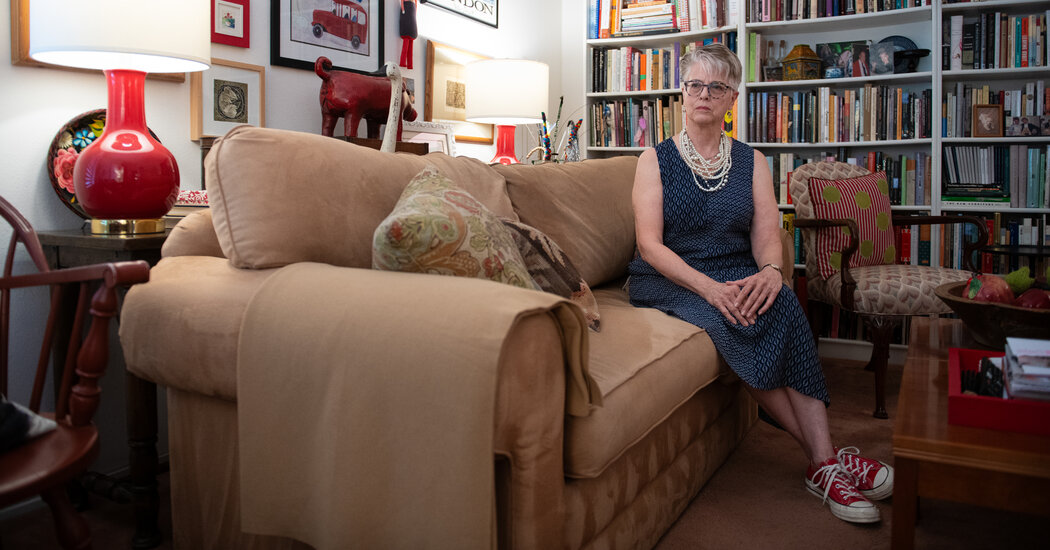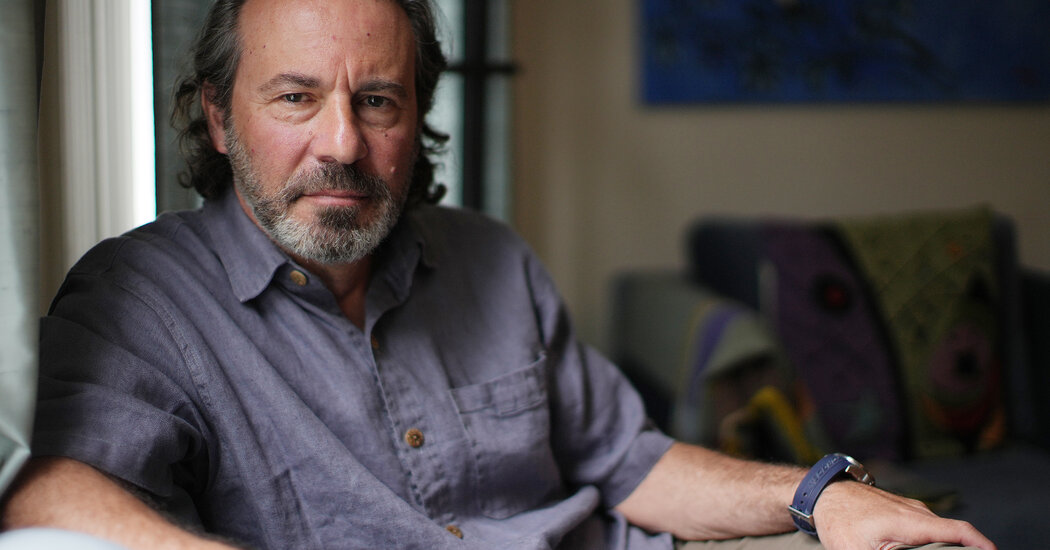Study Puts a $43 Billion Yearly Price Tag on Cancer Screening
The estimate focused on five cancers for which there is medically recommended screening — breast, cervical, colorectal, lung and prostate — and found that colonoscopies accounted for most of the costs.The United States spent $43 billion annually on screening to prevent five cancers, according to one of the most comprehensive estimates of medically recommended cancer testing ever produced.The analysis, published on Monday in The Annals of Internal Medicine and based on data for the year 2021, shows that cancer screening makes up a substantial proportion of what is spent ever year on cancer in the United States, which most likely exceeds $250 billion. The researchers focused their estimate on breast, cervical, colorectal, lung and prostate cancers, and found that more than 88 percent of screening was paid for by private insurance and the rest mostly by government programs.Dr. Michael Halpern, the lead author of the estimate and a medical officer in the federally funded National Cancer Institute’s health care delivery research program, said his team was surprised by the high cost, and noted that it was likely to be an underestimate because of the limits of the analysis.For Karen E. Knudsen, the chief executive of the American Cancer Society, the value of screening for the cancers is clear. “We are talking about people’s lives,” she said. “Early detection allows a better chance of survival. Full stop. It’s the right thing to do for individuals.”“We screen for cancer because it works,” Dr. Knudsen added. “The cost is small compared to the cost of being diagnosed with late-stage disease.”Other researchers say the finding supports their contentions that screening is overused, adding that there is a weak link between early detection and cancer survival and that the money invested in cancer testing is not being well spent.We are having trouble retrieving the article content.Please enable JavaScript in your browser settings.Thank you for your patience while we verify access. If you are in Reader mode please exit and log into your Times account, or subscribe for all of The Times.Thank you for your patience while we verify access.Already a subscriber? Log in.Want all of The Times? Subscribe.
Read more →





